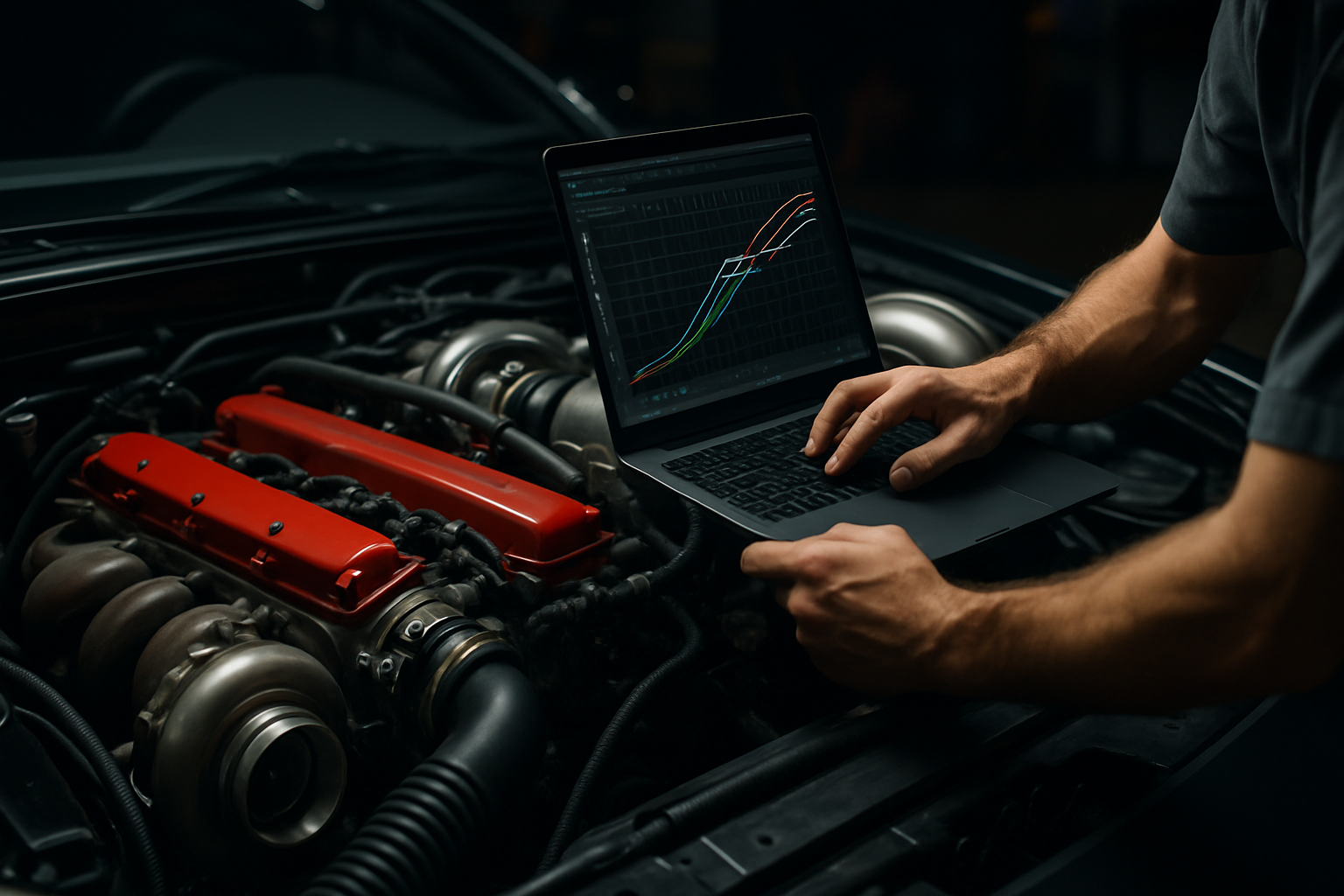Understanding combustion indicators and when to seek professional assessment
Recognizing signs of incomplete combustion or malfunctioning heating equipment helps protect safety and energy efficiency. This article outlines common combustion indicators across furnaces, boilers, and heat pumps, explains how thermostat and airflow issues interact with combustion, and describes when diagnostics, inspection, or professional attention are warranted. Practical guidance focuses on visible, audible, and measurable cues to inform scheduling and safety decisions.

Recognizing the early signs of combustion problems can prevent dangerous conditions and reduce energy waste. Homeowners and facility managers should understand how visible indicators, unusual sounds, and changes in system performance point to issues in furnaces, boilers, or related components. Regular inspection and attention to ventilation, filters, and blower performance are key to maintaining safe operation and reliable heat delivery.
Combustion signs in furnace and boiler
A furnace or boiler showing yellow or irregular flames, soot buildup, or persistent sooting around the appliance can indicate incomplete combustion. Other clues include increased fuel smell, excessive condensation on nearby surfaces, or unexpected pilot light behavior. These symptoms can result from poor fuel-air mix, blocked burners, or ventilation restrictions. When visible soot or flame discoloration appears, schedule an inspection: certified technicians use combustion analyzers to measure carbon monoxide, oxygen levels, and combustion efficiency to diagnose the root cause safely.
Thermostat behavior and when to inspect
Erratic thermostat readings, rapid on-off cycling, or a persistent mismatch between setpoint and delivered temperature may mask combustion-related faults. While some issues stem from thermostat calibration or wiring, repeated short cycling often points to airflow restrictions, burner inefficiency, or a failing blower motor. If diagnostics show stable electrical inputs but heating remains inconsistent, arrange a professional inspection to test thermostat calibration, control board signals, and combustion performance to avoid unnecessary energy use or system stress.
Airflow, ventilation, and combustion safety
Proper airflow and ventilation are essential for complete combustion and safe exhaust. Restricted return vents, dirty filters, or blocked flues can reduce oxygen supply and cause combustion byproducts to accumulate. This increases risk of carbon monoxide production and reduces energy efficiency. Ensure ventilation paths are clear and filters are replaced on schedule; if rooms feel drafty or you notice exhaust odors near vents, call a technician for ventilation testing and flue inspection to confirm safe draft and exhaust integrity.
Filters, blower function, and diagnostics
Clogged filters and a struggling blower reduce air volume through heat exchangers and burners, shifting combustion conditions. A worn or malfunctioning blower can increase cycling and strain the system, accelerating corrosion or component failure. Regular filter changes and blower maintenance support stable combustion. Professionals perform diagnostics including static pressure tests, blower amperage checks, and combustion gas analysis to correlate airflow problems with combustion readings and recommend targeted repairs or part replacements.
Corrosion, odors, and visible damage
Rust, corrosion, pitted heat exchangers, or combustible-smelling odors are serious indicators that warrant immediate professional assessment. Corrosion on flue connections or heat exchanger seams can allow combustion gases to mix with indoor air. Persistent metallic or fuel-like smells near a boiler or furnace, or signs of water intrusion around venting, should prompt an inspection for corrosion, flue integrity, and potential combustion leakage. These conditions affect both safety and long-term equipment reliability.
Scheduling maintenance for energy and heatpump systems
Planned scheduling of seasonal inspections helps maintain energy efficiency and combustion safety across furnaces, boilers, and hybrid systems that include heatpumps. Annual combustion inspections before heavy-use seasons let technicians adjust fuel-air mixtures, clean burners, and verify thermostat and control performance. For heatpumps, ensure ventilation and backup heat sources are checked for safe transitions. Consistent maintenance reduces unexpected diagnostics and helps identify early corrosion, blower wear, or ventilation concerns before they escalate.
In summary, observable combustion indicators—discolored flames, soot, odors, irregular thermostat behavior, restricted airflow, and signs of corrosion—provide clear reasons to seek professional assessment. Routine inspection, filter and blower maintenance, and attention to ventilation and thermostat performance improve safety and energy outcomes for furnaces, boilers, and heatpump systems. When in doubt about combustion readings or visible damage, prioritizing a qualified diagnostic inspection helps protect occupants and equipment longevity.





